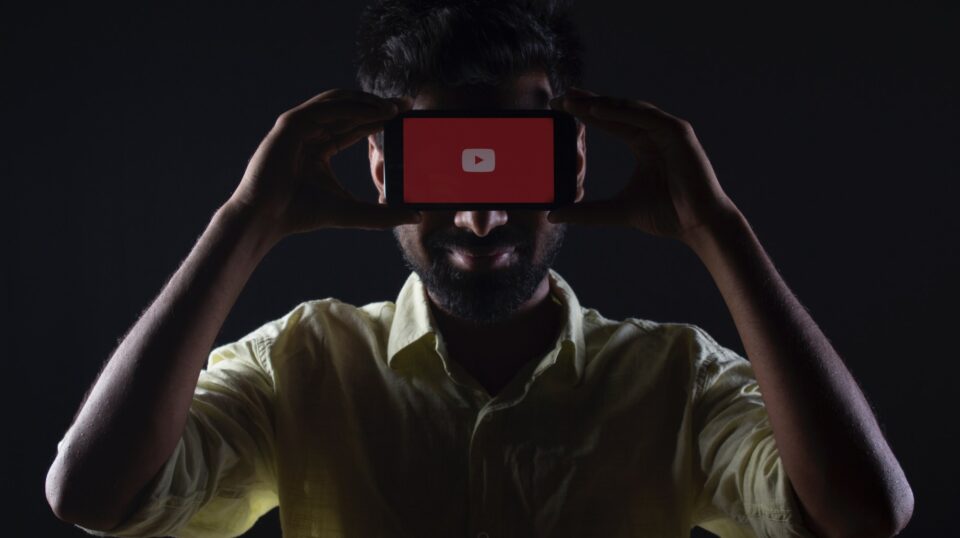On 8 September 2016 the Court of Justice of the European Union (“CJEU”) communicated that it is illegal to hyperlink to a website which contains material protected by copyright for purposes of profit, if the material was published on the website without permission.
WHAT HAS HAPPENED?
A Dutch news site, with 230,000 daily visitors, published an article which contained hyperlinks for an Australian website where nude photos of a Dutch media personality could be downloaded. This made Playboy react as the photos in question, which were owned by Playboy, were meant to be published in the magazine one month later. Playboy contacted the news site and requested removal of the hyperlinks and prevention of the photos from being disseminated on the news site. Instead this resulted in the news site publishing a new article where the dispute with Playboy was reproduced together with a new hyperlink to the same photos. In addition, the news site published another article entitled “Bye Bye Playboy Bye Bye,” once again with a hyperlink to the photos in question.
Playboy filed proceedings against the news site and alleged, among other things, copyright infringement. Who will come out of the process victoriously has not been determined yet by the Dutch court. However, the CJEU has provided a preliminary ruling to the Dutch court concerning the interpretation of “communication to the public” in Directive 2001/29/EC (the “Directive”). Pursuant to the Directive, creators should have a sole right to authorise or prohibit any communication to the public of their works, by wire or wireless means. This also includes making their work available to the public in such a way that members of the public may access them from a place and at a time individually chosen by them.
COMMUNICATION OF THE CJEU
The CJEU concluded that the purpose of profit of the hyperlinking is decisive during the assessment of whether the hyperlinking comprises “communication to the public,” which in turn entails that permission of the owner of the material protected by copyright is required.
If there is no purpose of profit and the person who published the hyperlink is neither aware of nor reasonably should be aware of that the material protected by copyright was published on the other website, this cannot be considered as “communication to the public.” However, the CJEU claims that if the hyperlinks were published for purpose of profit there is a presumption that the person publishing the hyperlinks is aware of that the hyperlink is linking to material protected by copyright which was published illegally on the other website.
In terms of the situation with Playboy and the Dutch news site, the CJEU came to the conclusion that it has been investigated that the news site hyperlinked to the photos for purpose of profit and that Playboy did not provide permission for the publication. The CJEU also came to the conclusion that the news site was fully aware of the unlawful publication of the hyperlinks and could therefore not refute the presumption that these hyperlinks were provided with complete knowledge of that the publication on the other website was illegal.
THIRD TIME AROUND FOR HYPERLINKING
It is the third time in a relatively short period that the CJEU has provided communication on hyperlinking issues. By now it is clear that in terms of hyperlinks to materials protected by copyright, such as photos, films and similar, which have been published on the Internet illegally, it is decisive whether the party providing the hyperlink is acting based on a purpose of profit.
The Court of Justice of the European Union: C-160/15.
WOULD YOU LIKE MORE INFORMATION?
PLEASE FEEL FREE TO CONTACT US AT MORRIS LAW
CAROLINE YGGE
Partner, Advokat
Telephone: +46 10 722 36 10
Mobile: +46 738 26 47 70
E-mail: caroline.ygge@morrislaw.se
KARIN ODKRANS
Associate
Telephone: +46 10 722 36 21
Mobile: +46 708 83 73 46
E-mail: karin.odkrans@morrislaw.se


